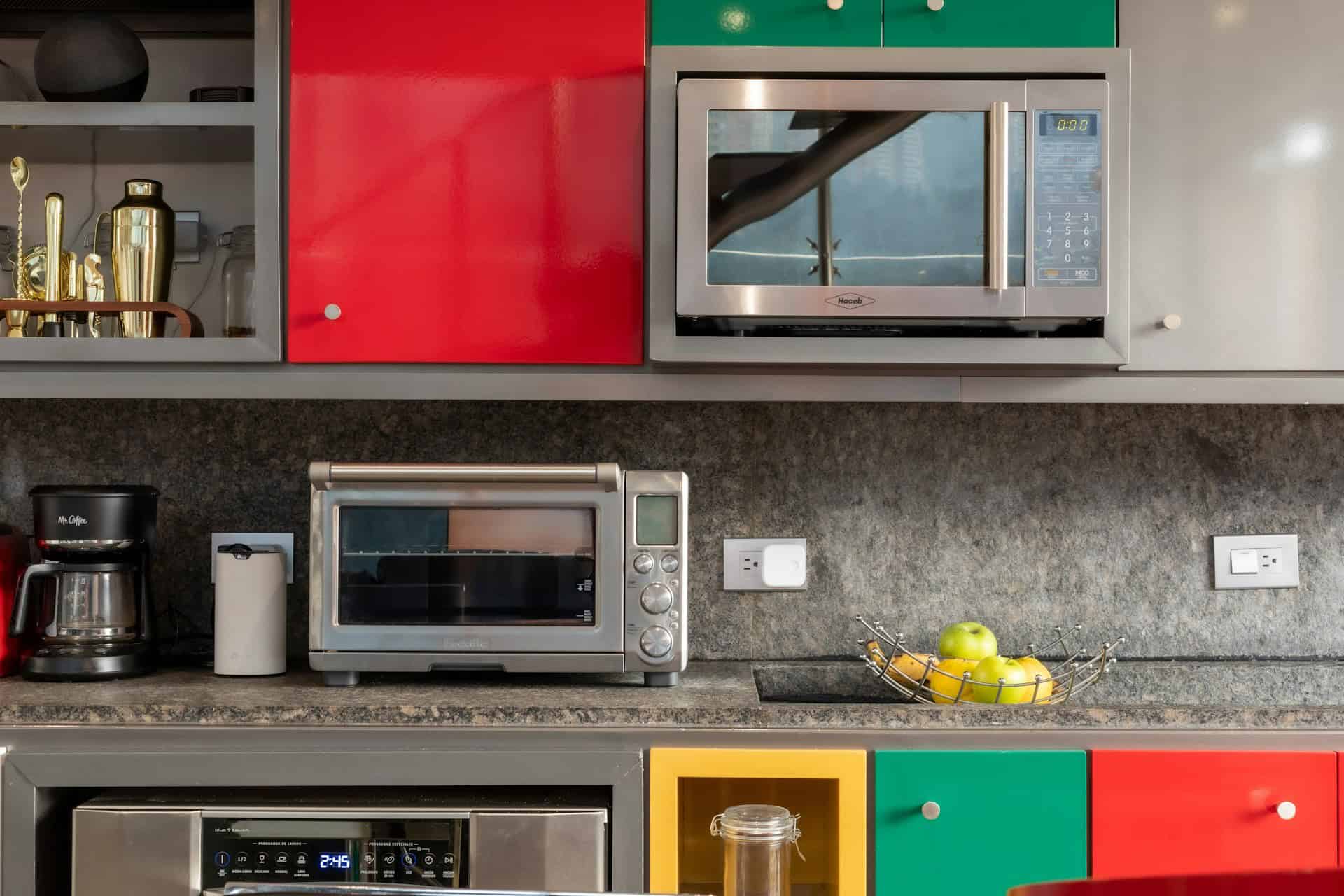
Question: How Can You Tell If a Microwave Is Going Bad?
Answer: How you can tell if a microwave is going bad includes: food isn’t cooking evenly, takes longer to heat, sparking occurs, burning smell, or the turntable malfunctions.
Recognizing a Failing Microwave
Microwaves simplify cooking. They reheat leftovers and cook meals quickly. But like all appliances, they eventually wear out. How can you tell if your microwave is nearing its end? Several signs indicate a failing microwave. This article explores these indicators, helping you determine if you need a replacement. We’ll cover common problems like uneven heating, strange noises, and sparking. We’ll also explain how to troubleshoot some issues.
Knowing these signs can save you time and prevent potential hazards. A malfunctioning microwave can pose a fire risk. It can also waste energy by operating inefficiently. Addressing these problems early ensures safe and efficient cooking.
Uneven Heating: A Telltale Sign
One of the most noticeable signs of a failing microwave is uneven heating. Your food might have hot spots while other parts remain cold. This uneven heating occurs when the microwave’s components malfunction. Specifically, the magnetron, which generates microwaves, may be failing.
A turntable that doesn’t rotate properly can also contribute to uneven heating. Food needs to rotate to receive even exposure to the microwaves. Check if the turntable rotates freely. If it sticks or stops, this could be the source of the problem. A simple fix might be cleaning the turntable track or replacing the motor.
Click here to read more about Blue Kitchen Refacing
Related Article: What Microwave Size Should I Get?
Related Article: What Shortens the Life of a Microwave?
Sparking Inside the Microwave
Sparking inside your microwave is a serious safety concern. It typically results from metal objects inside the cooking chamber. Even small pieces of metal, like foil or twist ties, can cause arcing. This arcing can damage the microwave and create a fire hazard.
If your microwave sparks even without metal objects present, it signals a serious internal problem. This could be due to a faulty waveguide cover or damaged magnetron. In such cases, immediately stop using the microwave and consult a qualified technician or consider a replacement.
The Door Doesn’t Close or Latch Properly
A microwave door that doesn’t close or latch securely is a safety hazard. The door contains a safety interlock switch. This switch prevents the microwave from operating if the door is open. A faulty latch can allow the microwave to run with the door open, exposing you to harmful microwave radiation.
Try cleaning the door latch and its surrounding area. If the problem persists, you may need to replace the latch assembly. Don’t use the microwave if the door doesn’t close or latch properly. This is a crucial safety precaution.
The Control Panel Malfunctions
A malfunctioning control panel can make it difficult or impossible to operate your microwave. The buttons might not respond, or the display might not show the correct information. This issue often arises from a faulty control board or worn-out buttons.
Try cleaning the control panel with a damp cloth. If this doesn’t solve the problem, you might need to replace the control board or the entire control panel. This can be a more costly repair, so weigh the cost against replacing the microwave.
The Turntable Doesn’t Rotate
The turntable ensures even cooking by rotating the food. If the turntable doesn’t rotate, your food might cook unevenly. A simple fix is to check if anything obstructs the turntable’s rotation. Clean the track underneath the turntable. Remove any debris or spilled food.
If the turntable still doesn’t rotate after cleaning, the motor that drives the turntable might be faulty. You might need to replace the turntable motor or the entire turntable assembly.
Conclusion – How Can You Tell If a Microwave Is Going Bad?
A failing microwave can disrupt your cooking routine and pose safety risks. Recognizing the signs of a malfunctioning microwave is crucial for safe and efficient operation. Uneven heating, strange noises, sparking, a faulty door latch, a malfunctioning control panel, and a non-rotating turntable all indicate potential problems.
Some issues have simple solutions, like cleaning the turntable track or replacing the door latch. Other problems, like a faulty magnetron or transformer, require professional repair or replacement. Carefully assess your microwave’s condition. Consider the cost of repairs versus the cost of a new microwave. Prioritizing safety is paramount when dealing with any appliance. Addressing these issues promptly ensures a safe and efficient cooking environment.

Blue Malue Get in touch with Blue here.
